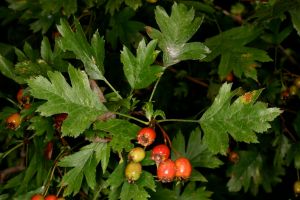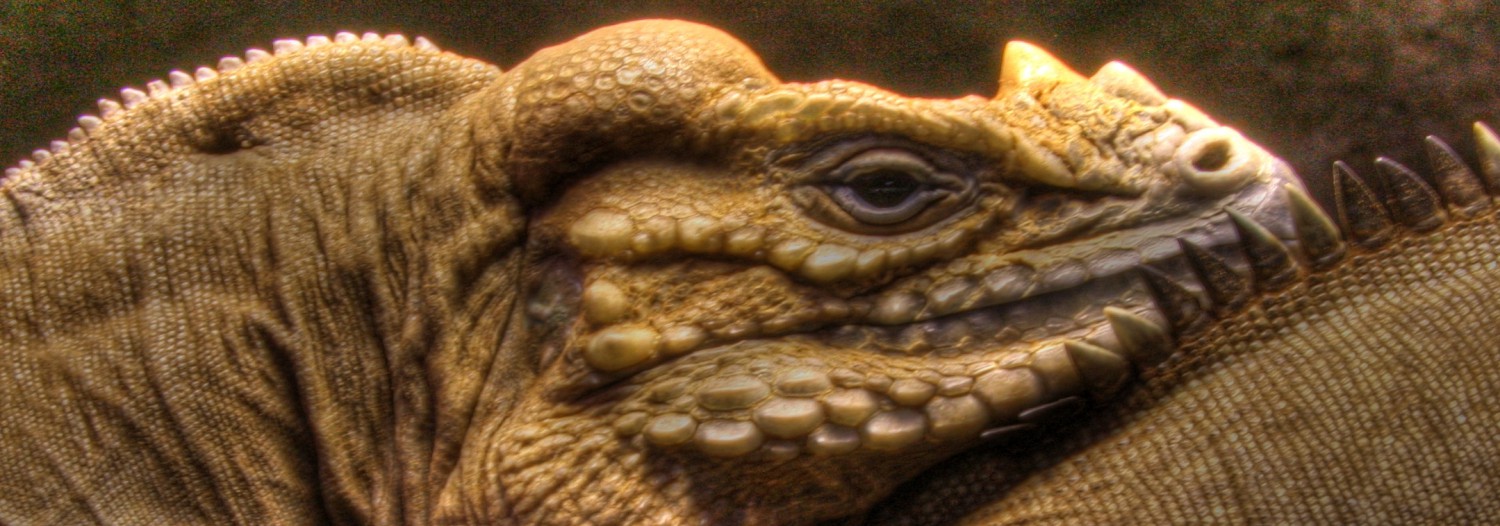
No photos of Turkish hawthorn available. This photo is of another hawthorn species (Crataegus rhipidophylla) that occurs in Turkey. Photo courtesy of Knud Ib Christensen – Wikipedia.
Status – Critically Endangered
It is hard to believe that for a species represented by fewer than 50 mature individuals there are no conservation measures in place to protect it from being completely wiped out. While hawthorns occur across a broad swath of the northern hemisphere, Turkish hawthorn occurs in only one area of less than 10 km² in north-eastern Turkey. It was first described as a new species in 2005 when it was already considered vulnerable. In fact, it was fortunate to have been described at all seeing that so few specimens existed and those that continue to persist in this remote corner of the Middle East are threatened by firewood collection, habitat conversion and disease. This species is unusual among hawthorns in that it occurs at altitudes above 1,800m and it has a number of morphologically distinct features that sets it apart from similar species that also occur in Turkey. Its distinctiveness and that its distribution lies close to the Caucasus Mountains – a recognised hotspot of evolution – suggests that this species is an important indicator of the evolution of the genus. Furthermore, the fact that it displays unusual altitudinal selectivity belies the unique adaptations that it has to higher elevations, which may indicate that it has a valuable genetic legacy that might prove beneficial for adapting to climate change by allowing it to track its environmental envelope upslope. As a primary conservation measure, efforts should be made immediately to secure viable germplasm from the remaining specimens for long-term storage. Our growing expertise with the artificial propagation of endangered species should facilitate ex situ conservation, which could easily be carried out locally, with the ultimate aim of reinforcing the wild population. The remaining wild specimens should be clearly marked as unique to dissuade locals from unceremoniously chopping them down and to prevent their unique genetic legacy from literally “going up in smoke”.
